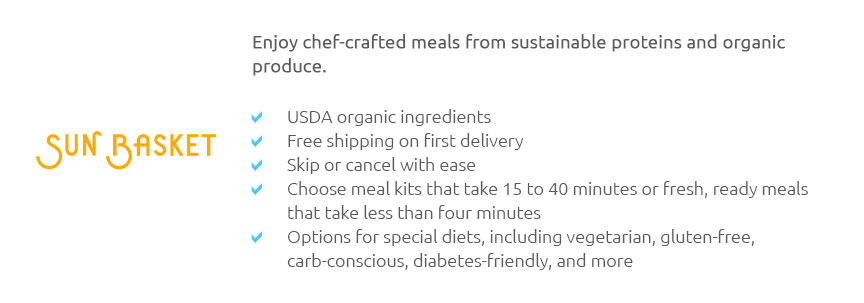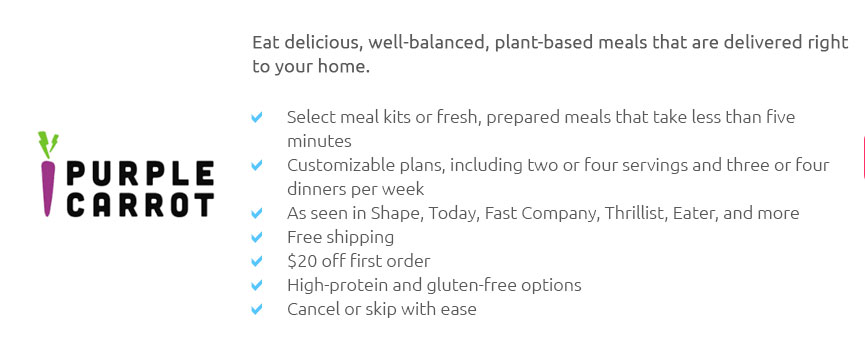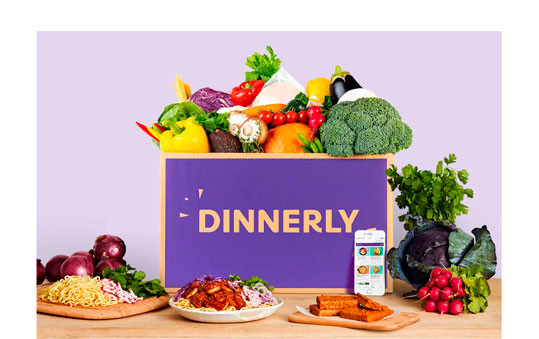 |
 |
 |
|---|
 |
|---|
 |
||||||
|---|---|---|---|---|---|---|
|
||||||
 |
 |
|||||
 |
 |
|||||
 |
 |
|||||
 |
 |
|||||
 |
 |
|||||
 |
 |
|||||
 |
 |
|||||
 |
 |
|---|
The Rise and Evolution of Meal Kits: A Culinary RevolutionIn recent years, the culinary world has witnessed a transformative trend that blends convenience with gastronomic creativity: the meal kit. As modern life grows increasingly hectic, the allure of having pre-portioned ingredients delivered straight to one's doorstep has captivated a significant portion of the population. But what makes meal kits such a phenomenon, and how have they evolved to become a staple in many households? To understand the appeal of meal kits, one must first consider the challenges faced by today's home cooks. With time being a precious commodity, many individuals find it difficult to balance work, family, and personal time. Meal kits offer a solution by eliminating the need for meal planning and grocery shopping, allowing people to enjoy home-cooked meals without the usual hassle. Convenience is a powerful factor, but it's not the only one driving this trend. Another crucial element is the diversity and quality of the recipes provided. Companies like Blue Apron, HelloFresh, and Sun Basket have expanded their offerings to cater to various dietary preferences, including vegetarian, vegan, gluten-free, and keto options. This inclusivity ensures that nearly everyone can find something that suits their taste and dietary needs. Furthermore, the curated recipes often introduce home cooks to new ingredients and cooking techniques, broadening their culinary horizons. While the concept of meal kits is largely positive, it's not without its criticisms. Some argue that the cost of meal kits can be prohibitive, especially when compared to traditional grocery shopping. However, others contend that the time saved and the reduction in food waste can justify the expense. After all, how many of us have bought an exotic spice or a fresh herb only to use it once and let the rest go to waste? The environmental impact of meal kits is another point of contention. Critics highlight the excessive packaging that often accompanies these kits. However, many companies are actively addressing these concerns by adopting sustainable packaging solutions and encouraging recycling among their customers. It's a delicate balance between providing convenience and minimizing ecological footprints, but the industry is undoubtedly moving in a positive direction. From an economic perspective, the meal kit industry has witnessed robust growth, attracting significant investments and sparking innovation. As competition intensifies, companies are constantly seeking ways to differentiate themselves, whether through unique recipe offerings, partnerships with celebrity chefs, or technological integrations like apps that track nutritional information and provide cooking tips.
In conclusion, meal kits represent a significant shift in how we approach cooking and eating at home. While they may not replace traditional grocery shopping entirely, they offer a compelling alternative that meets the needs of today's busy, health-conscious consumers. As the industry continues to innovate and adapt, it will be fascinating to see how meal kits further influence our culinary landscapes. For now, they remain a testament to the marriage of convenience and creativity in the kitchen-a true culinary revolution. https://www.blueapron.com/?srsltid=AfmBOoqu6mbdJyx6r-HDYjzDVBzXGINMq9BedJJh-LoO7zD3f5jze4aQ
Save up to $4 per serving. Enjoy unlimited menu access to 100+ weekly options. The more you order, the more you save! https://www.homechef.com/?srsltid=AfmBOoqeyY-fIkGOnYc0OQHDv3e-3PyyXehRgSwr5NSs_IsqIBOB4S9U
Home Chef brings pre-portioned ingredients to your door in an insulated box so everything stays fresh and delicious. https://www.bonappetit.com/story/best-meal-delivery-services?srsltid=AfmBOorgKUzUijRv0uwQgkatcOi_cvpefzwDYJm0eWwBWrv5KOFN7Bge
Purple Carrot is one of the most user-friendly meal kits I've tried. The process is incredibly simple: Just pick how many meals you want per ...
|
|---|


